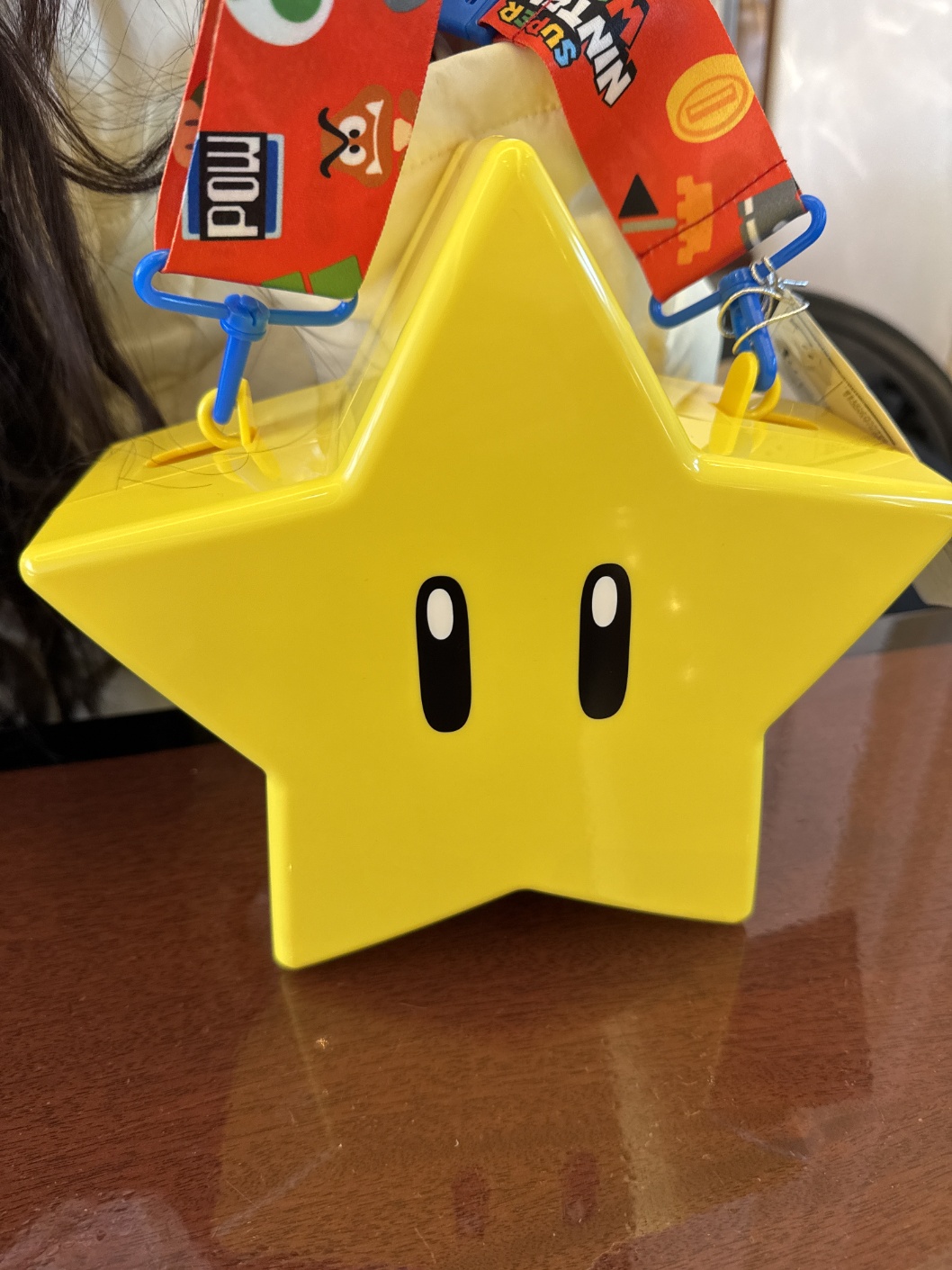- The Story of Odeng: Korean Fish Cake Soup, History, and Recipes
- 1. The History of Odeng & Busan Eomuk (오뎅과 부산어묵의 역사)
- 2. Odeng vs. Eomuk: What’s the Difference? (오뎅과 어묵의 차이?)
- 3. Popular Ways to Enjoy Odeng (오뎅을 즐기는 다양한 방법)
- 🍢 1) Skewered Fish Cake (꼬치어묵)
- 🍲 2) Odeng Soup / Eomuk Tang (오뎅탕 / 어묵탕)
- 🍛 3) Busan-Style Eomuk (부산어묵 요리)
- 🍜 4) Odeng in Tteokbokki (떡볶이에 들어간 어묵)
- 4. How to Make Homemade Odeng (집에서 만드는 어묵 레시피)
- 📝 Ingredients (재료)
- 👨🍳 Instructions (조리법)
- Conclusion (결론)

The Story of Odeng: Korean Fish Cake Soup, History, and Recipes
오뎅의 모든 것: 오뎅탕, 부산어묵의 역사, 탄생 이야기, 맛집 & 레시피
Odeng (오뎅), also known as Eomuk (어묵), is a beloved Korean comfort food that is enjoyed as a street snack, in soups, and in various dishes. Whether it’s skewered fish cakes in steaming broth at a street stall or the famous Busan-style eomuk, this dish has a rich history and countless ways to enjoy it. Let’s dive into the fascinating world of odeng!
오뎅, 혹은 어묵은 한국의 대표적인 간식이자 따뜻한 국물 요리로 사랑받고 있어요. 길거리에서 쉽게 볼 수 있는 꼬치어묵부터 유명한 부산어묵까지, 오뎅에는 깊은 역사와 다양한 조리법이 있어요. 오늘은 오뎅의 역사, 탄생 이야기, 맛집, 그리고 다양한 레시피까지 모두 소개할게요!

A street snack you must try during the winter! Warm fishcake broth served in a paper cup is a classic Korean staple

Hot,Hot !!!!!! but incredibly delicious fishcake—best enjoyed dipped in soy sauce!


1. The History of Odeng & Busan Eomuk (오뎅과 부산어묵의 역사)
Although odeng (오뎅) is a term borrowed from Japanese “oden”, Korean fish cake culture has developed its own unique style over time. Fish cakes were first introduced to Korea during the early 20th century under Japanese rule, but it was in Busan that the modern Korean eomuk we know today was born.
오뎅이라는 단어는 일본식 “오뎅(おでん)”에서 유래했지만, 한국에서는 독자적인 어묵 문화를 발전시켜 왔어요. 어묵은 20세기 초 일본 강점기에 한국에 들어왔지만, 우리가 아는 한국식 어묵은 부산에서 탄생했답니다.

In the 1950s, after the Korean War, Busan became a hub for fish cake production. With an abundance of seafood, local businesses began making eomuk by grinding white fish, adding flour and seasonings, then steaming or frying them into the chewy texture we love today.
1950년대 한국전쟁 이후, 부산은 어묵 생산의 중심지가 되었어요. 바다와 가까운 부산에서는 생선을 갈아 밀가루와 양념을 섞고, 이를 찌거나 튀겨서 쫄깃한 식감의 어묵을 만들었죠. 이렇게 탄생한 부산어묵은 지금도 한국에서 가장 유명한 어묵으로 자리 잡고 있어요.
The fish cake I had in Japan had a noticeably sweeter broth compared to the ones in Korea. In Korea, many places add Cheongyang chili peppers, creating a clear yet spicy broth.
실제 일본에서 먹었던 어묵인데 국물이 우리나라꺼에 비해 단맛이 좀 많아요. 우리나라는 청양고추를 넣어 맑지만 칼칼한 국물을 파는곳이 많아요.

2. Odeng vs. Eomuk: What’s the Difference? (오뎅과 어묵의 차이?)
Many Koreans use the words “odeng” and “eomuk” interchangeably, but technically, “eomuk” is the correct Korean term, while “odeng” is a borrowed Japanese word. Today, “eomuk” is more commonly used in Korea.
한국에서는 “오뎅”과 “어묵”을 혼용해서 사용하지만, 사실 **“어묵”**이 올바른 한국어 표현이에요. “오뎅”은 일본어에서 온 단어이고, 최근에는 “어묵”이라는 표현을 더 많이 사용하고 있어요.

3. Popular Ways to Enjoy Odeng (오뎅을 즐기는 다양한 방법)
🍢 1) Skewered Fish Cake (꼬치어묵)
A common street food found at food stalls, skewered fish cakes are boiled in a light broth and served with soy sauce or mustard.
분식집에서 쉽게 볼 수 있는 대표적인 길거리 음식으로, 꼬치에 끼운 어묵을 따뜻한 국물과 함께 즐길 수 있어요. 간장이나 겨자와 함께 먹으면 더욱 맛있어요.
🍲 2) Odeng Soup / Eomuk Tang (오뎅탕 / 어묵탕)
Fish cakes simmered in a flavorful anchovy and kelp broth, often enjoyed with soju.
멸치와 다시마 육수에 어묵을 넣고 끓여 만든 오뎅탕은 추운 날씨에 딱 좋은 요리예요. 특히 소주와 함께 즐기면 완벽한 안주가 된답니다.
🍛 3) Busan-Style Eomuk (부산어묵 요리)
Busan is famous for its high-quality eomuk, which comes in various flavors and textures, including spicy, cheese-filled, and vegetable-infused fish cakes.
부산은 다양한 맛과 식감을 가진 어묵으로 유명해요. 매운 어묵, 치즈가 들어간 어묵, 야채 어묵 등 다양한 종류가 있어요.
🍜 4) Odeng in Tteokbokki (떡볶이에 들어간 어묵)
A must-have ingredient in tteokbokki, adding extra texture and umami to the spicy sauce.
떡볶이에서 빠질 수 없는 필수 재료! 어묵이 들어가면 매콤한 양념과 어우러져 감칠맛이 더욱 살아나요.

4. How to Make Homemade Odeng (집에서 만드는 어묵 레시피)
Want to try making your own fish cakes? Here’s a simple recipe!
집에서 직접 어묵을 만들어 보고 싶나요? 간단한 레시피를 소개할게요!
📝 Ingredients (재료)
- 300g white fish fillet (대구, 명태 등 흰살 생선)
- 2 tbsp flour (밀가루 2큰술)
- 1 egg (계란 1개)
- 1 tsp salt (소금 1작은술)
- 1 tsp sugar (설탕 1작은술)
- 1 clove garlic, minced (다진 마늘 1쪽)
- 1 tbsp soy sauce (간장 1큰술)
- 1 tbsp cooking wine (맛술 1큰술)
- Oil for frying (튀김용 기름)
👨🍳 Instructions (조리법)
- Blend the fish fillet in a food processor until smooth.
- Add all other ingredients and mix well.
- Shape the mixture into thin patties or skewers.
- Steam for 10 minutes, then lightly fry in oil until golden brown.
- Serve with soy sauce or add to soups!
- 흰살 생선을 곱게 갈아주세요.
- 모든 재료를 넣고 잘 섞어 주세요.
- 반죽을 적당한 크기로 모양을 잡아 주세요.
- 찜기에 10분간 찌고, 이후 기름에 살짝 튀겨주세요.
- 간장과 함께 먹거나 국물 요리에 넣어 즐기세요!
Conclusion (결론)
Odeng is more than just a snack—it’s a staple of Korean cuisine with a deep history and endless variations. Whether you enjoy it in soup, as a street food, or homemade, there’s no wrong way to love odeng! What’s your favorite way to eat it? Let us know in the comments! 🍢🔥
오뎅은 단순한 길거리 간식이 아니라, 오랜 역사를 가진 한국의 대표적인 음식이에요. 국물 요리, 꼬치어묵, 떡볶이 속 어묵 등 다양한 방식으로 즐길 수 있어요. 여러분이 가장 좋아하는 오뎅 스타일은 무엇인가요? 댓글로 알려주세요! 🍢🔥

